What Is Cybersecurity? What Are The 5 C’s Of Cyber Security?

“This is the age of the internet”. We have heard this quote for quite a time in our lives, and there is no denying the fact that we genuinely are living in a time where every single thing is related to the internet. From business to entertainment, education, fashion, food, lifestyle, healthcare, banking and what not, every sector is being run and controlled by the internet. We have entered an era where life without the internet is nearly impossible. But as with every pro comes a con. The internet age and blessing has a serious risk factor that is cybercrime, and it can only be dealt with properly with the best cybersecurity arrangements.
Over the past few years, the use of the internet has been exponentially growing, and this is leading to an increase in security concerns too. The need of cyber security for businesses is growing on a daily basis as security risks are on the rise. Data theft, privacy invasion and illegal transfer of money are just a few examples of cybercrimes. To deal with security concerns and protect your business from cyber-attacks, it is very important to take measures and focus on cyber safety. A strategic approach is always required to deal with and mitigate cyber-attacks. This is why cybersecurity for businesses is extremely important.
What Is Cybersecurity & How Does It Work?
The term “cybersecurity” represents a set of techniques, tools, and procedures that work together to defend computer systems, networks, and data against hackers, cyber-attacks and illegal access. Cyber safety primarily entails defending internet-connected systems’ data, software, and hardware against online threats. Businesses and individuals both employ this strategy to prevent illegal access to data centers and other digital systems.
Protecting all corporate assets from external and internal threats is the primary goal of cyber safety. A solid cyber-security plan can offer a good security posture against malicious assaults intended to gain access to, alter, delete, destroy, or extort sensitive data and systems belonging to a business or user.
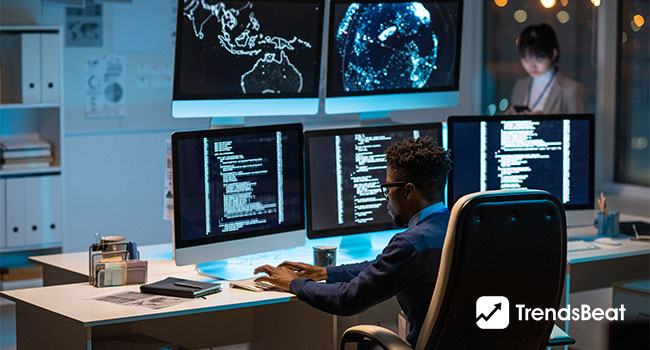
How Does Cybersecurity Operate?
All of the computers, networks, and software that a corporation uses are protected by various levels of cyber safety. The business, workers, processes, and technology must all function together in order to provide a united defense against prospective cyber-attacks. In order to prevent a hacker or malicious software from taking advantage of potential gaps and vulnerabilities in the system, cyber-safety systems must be able to identify, investigate, and fix these issues.
THE 5 C’s OF CYBERSECURITY
Today, the majority of enterprises place a high priority on both hardware and software security. As fundamental as having a marketing and financial plan is having a good risk management strategy for security. We will thoroughly examine the 5 C’s—the five areas that are of strategic relevance to all organizations—in order to comprehend the possible effects of cybersecurity as a service. Having said that, let’s examine and comprehend the five key Cs of cyber safety. Surely, by developing a solid cybersecurity strategy employing these 5 C’s, you can protect your business against cyber-attacks.
Change
A change is an adaptation. Cyber risks such as malware change every day. Because of this, your company’s cybersecurity strategy needs to change along with them. The cyber safety strategy for your company is what needs to change and grow. Even after developing a cybersecurity plan for your company, you’ll need to adapt it to provide the best defense against emerging online threats. Companies nowadays contend with shifting constraints, such as new regulations, competitive threats, technical advancements, financial uncertainties, dangers, etc., which require managers to exercise constant vigilance.
SaaS is also a component of embracing physical security since its applications let CSOs offer new security features without having to spend money on technology or even hiring staff to support the service. An organization of infrastructure and systems being built by skilled management will enable quick responses to threats and opportunities. CEOs today demand more from their CIOs and CSOs than just services; they want them to offer solutions that will increase competitiveness.
Compliance
You’ll undoubtedly have guidelines that employees must go by when using the information technology (IT) infrastructure of your company when you develop a computer-security strategy. Auditing and application of these regulations are considered to be in compliance. By providing centralized operations to create standards and tools for tracking and reporting compliance, SaaS architecture makes it much easier to implement compliance requirements and audits. The cost of conducting compliance audits is significantly decreased due to the centralization of the SaaS solution database. Many SaaS companies can provide internal controls that have been approved by unbiased auditors, eliminating the need for a subscriber to bear these expenditures.
Coverage
The size of the IT infrastructure for your company is also represented by coverage. Cyber-attacks are often more likely to target larger IT infrastructures than smaller IT infrastructures. Coverage is a measure of the scale of your company’s IT infrastructure. However, coverage may alter. Your company’s coverage may expand as it expands.
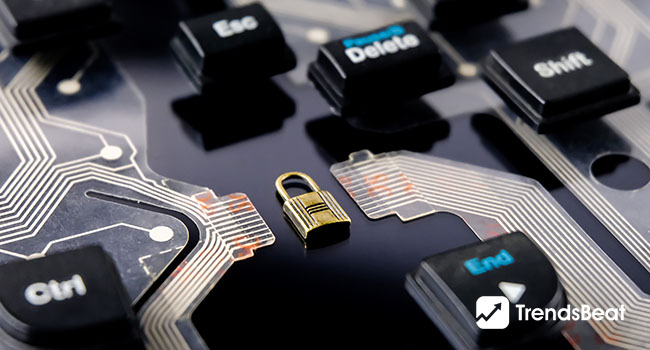
Cost
No doubt, the cost is another crucial component of a cyber-security strategy. Cost, of course, relates to the amount of money your company currently spends on cyber safety as well as the amount it plans to spend in the future. Some companies invest hundreds and thousands of dollars annually in cybersecurity. Some spend more than that. You should estimate your company’s future expenses for cyber safety while also analyzing past expenses while developing a cybersecurity strategy.
Continuity
All cybersecurity solutions must include continuity. It serves as the continuity planning’s cornerstone. What precisely is continuity? Well, planning the “continuing” operations of your company in the event of a calamity is a separate approach. Continuity specifically addresses IT-related catastrophes like hacking, ransomware, and other types of malware in terms of cyber safety. You must make sure that in the event of an IT-related calamity, your company can continue to run.
Why Is Cybersecurity Important For Small Businesses?
Small firms typically believe they are too small to be a target, but this is untrue. Small and medium-sized businesses (SMBs) and startups are equally at risk. With the advent of digitalization, hackers can automate their attacks and simultaneously target tens of thousands of small businesses. Every year, large corporations spend millions on cyber security. To tackle risks, they have a committed workforce and controlled detection and response services. Risks can be minimized if a threat is swiftly recognized and neutralized. Small firms are much more vulnerable. They simply lack the resources to find the cybercriminals responsible for their information becoming more easily accessible.
Additionally, small business employees lack the training necessary to recognize phishing scams. Phishing attacks typically take place through email or other software and are dressed to appear authoritative. They attempt to con employees into disclosing private information, which is then exploited for evil. Due to their ignorance, employees of small businesses simply fail to detect or report the attack.
Final Thoughts
With the digital advancement, the security risks are increasing too. Cyber-security importance cannot be undermined pertaining to the fact that cyber-attacks and data theft are the most prevailing cyber-related issues nowadays. The need of cybersecurity for businesses is therefore fundamental. It is important to keep in view the 5 C’s of cybersecurity that are change, compliance, cost, coverage and continuity. These 5 C’s make the cyber safety process stronger and more effective. Whether you are a small enterprise or large, it does not really matter. Cyber-security is equally important for all!







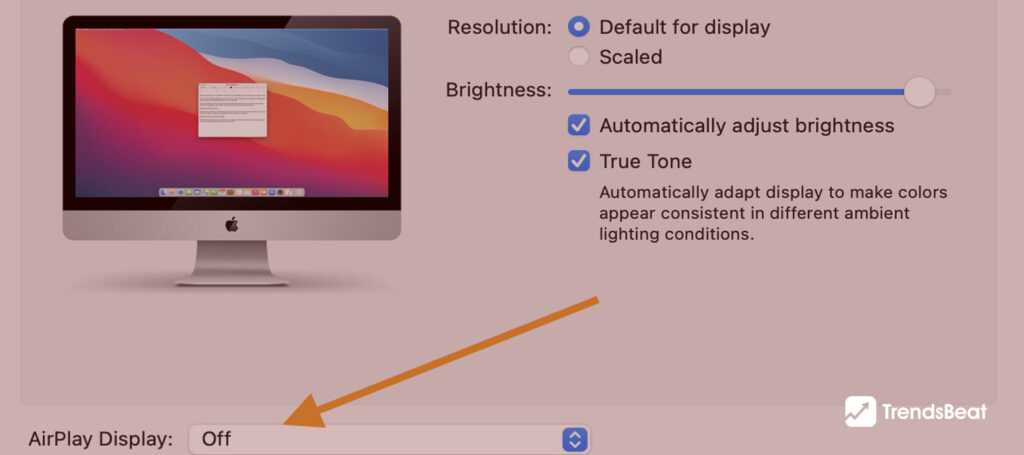



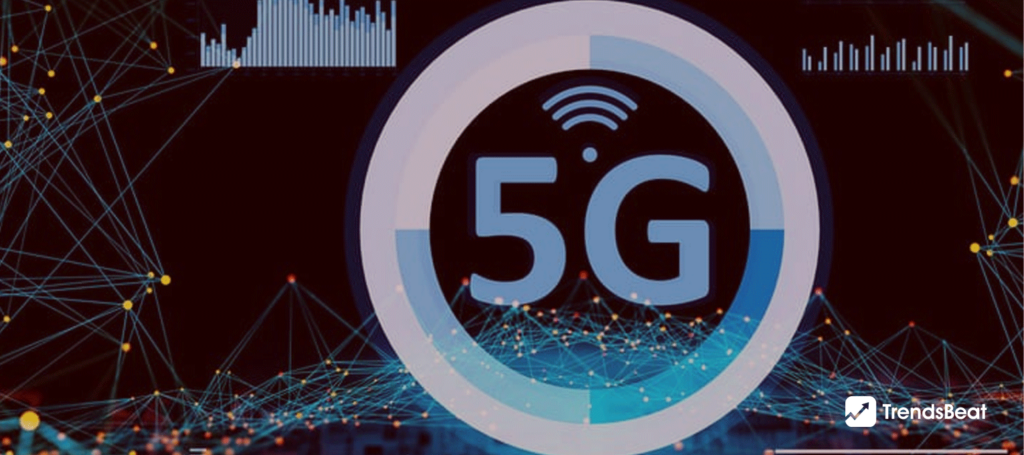








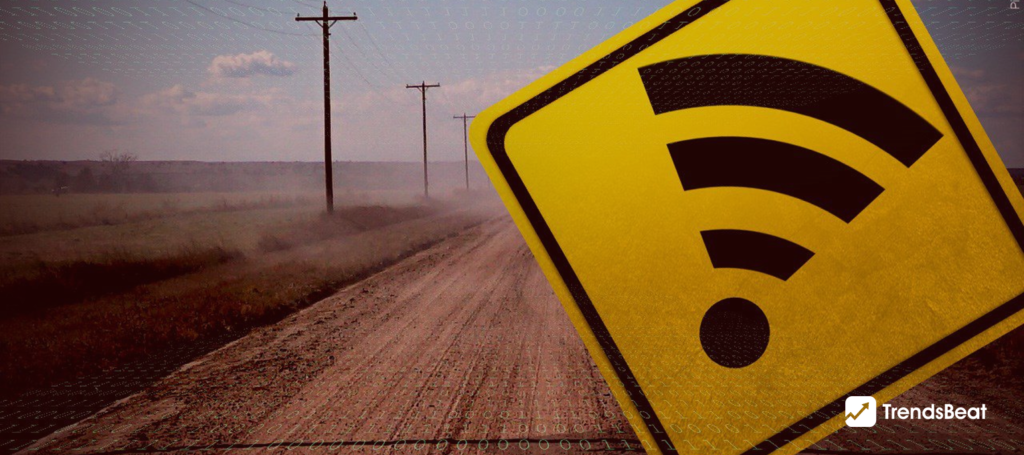

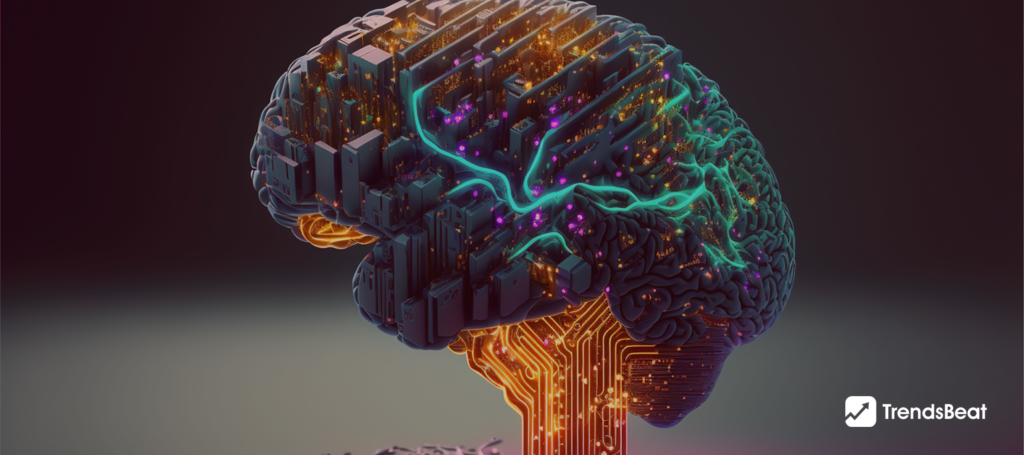




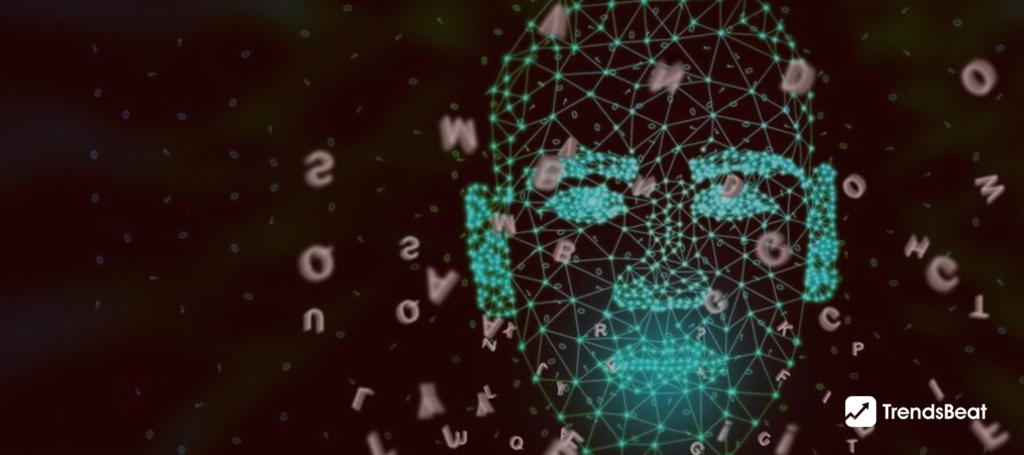





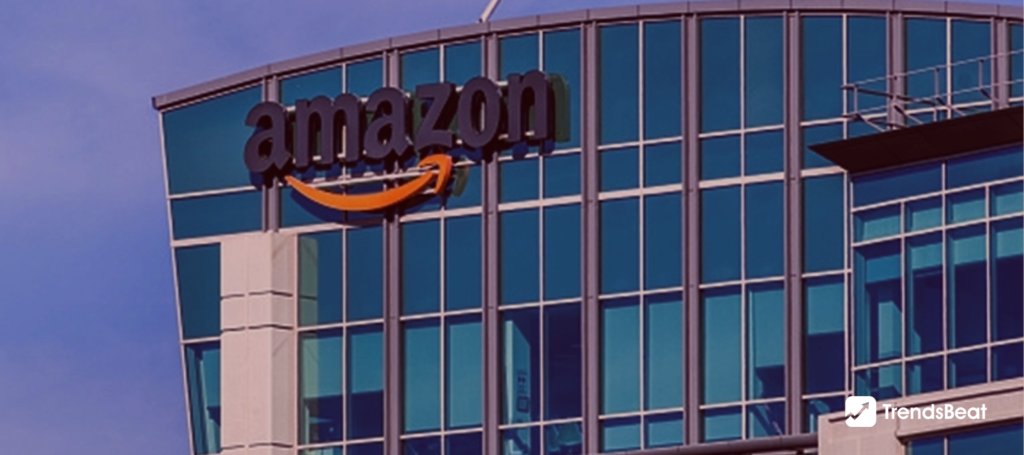







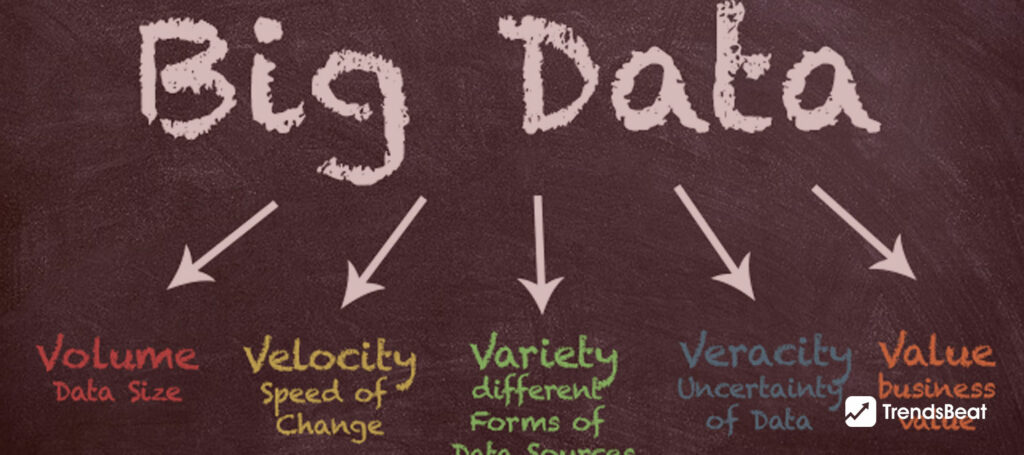
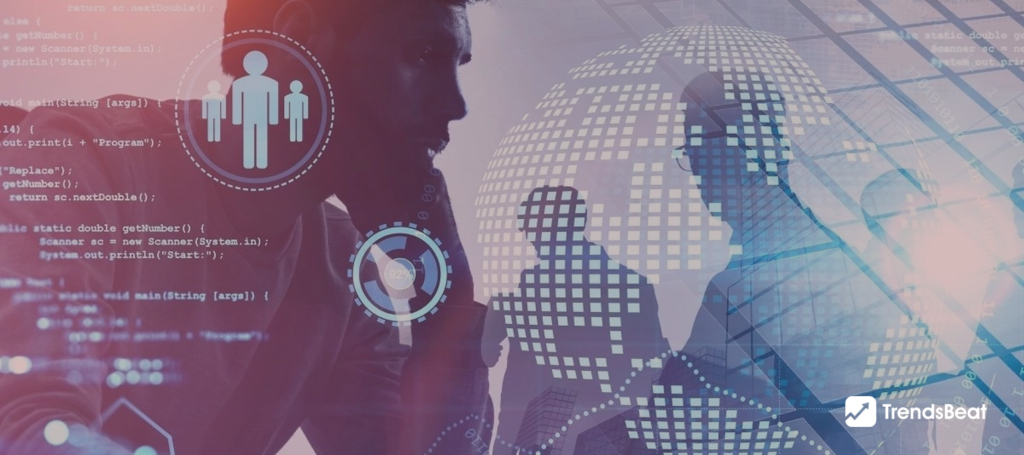
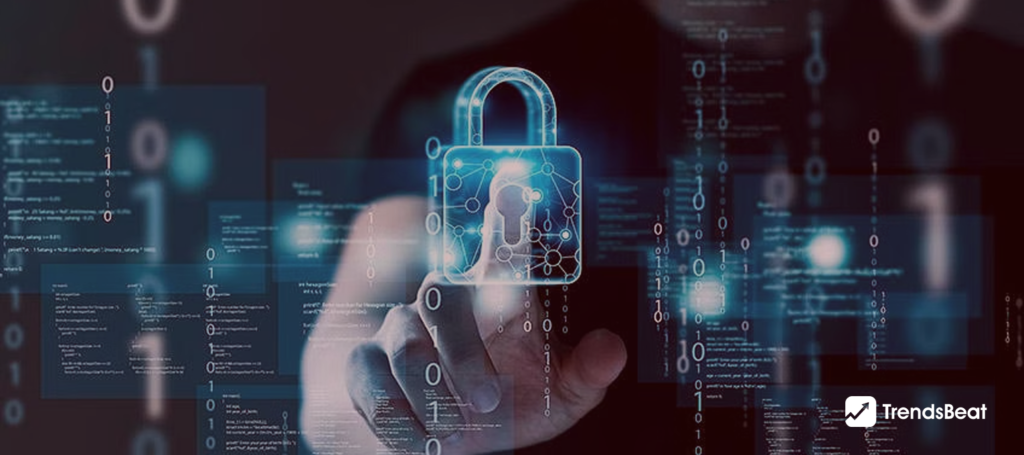





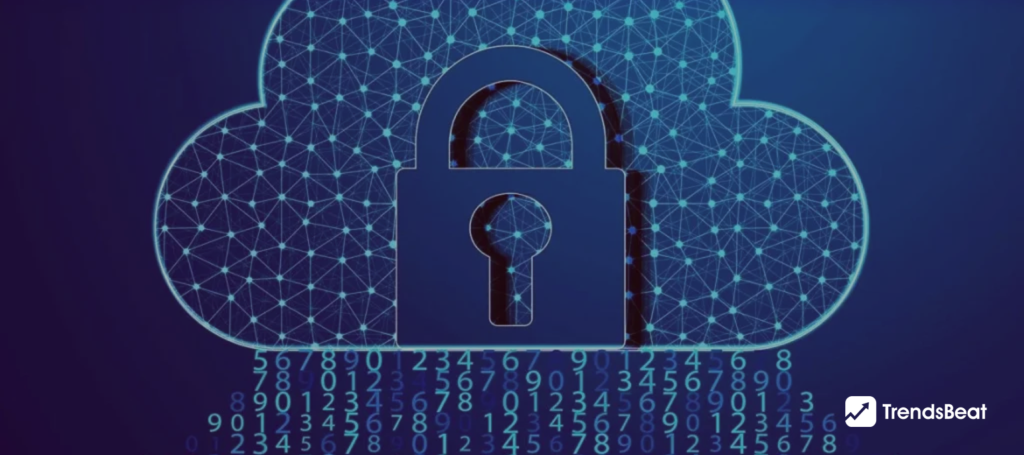






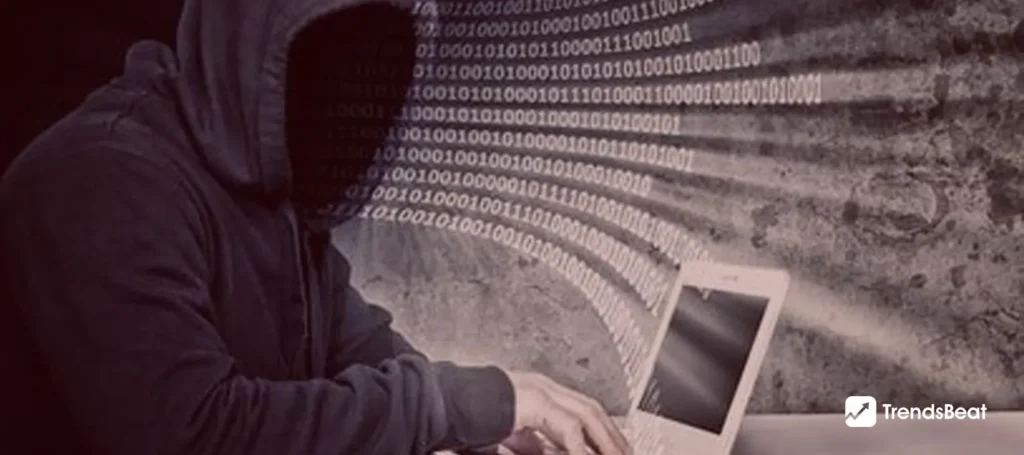

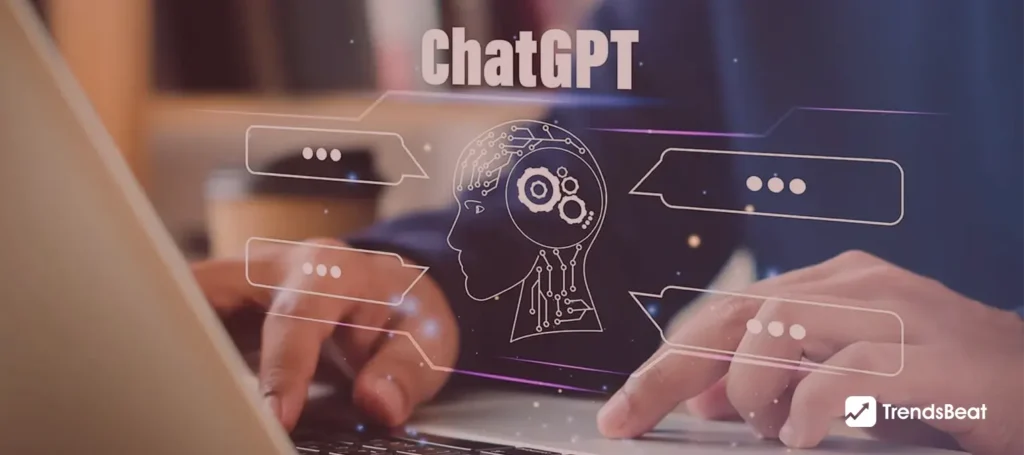

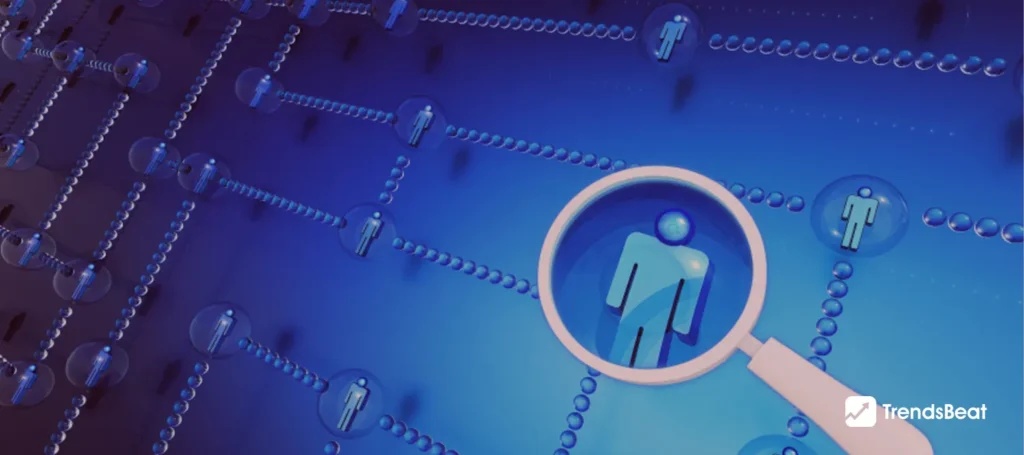
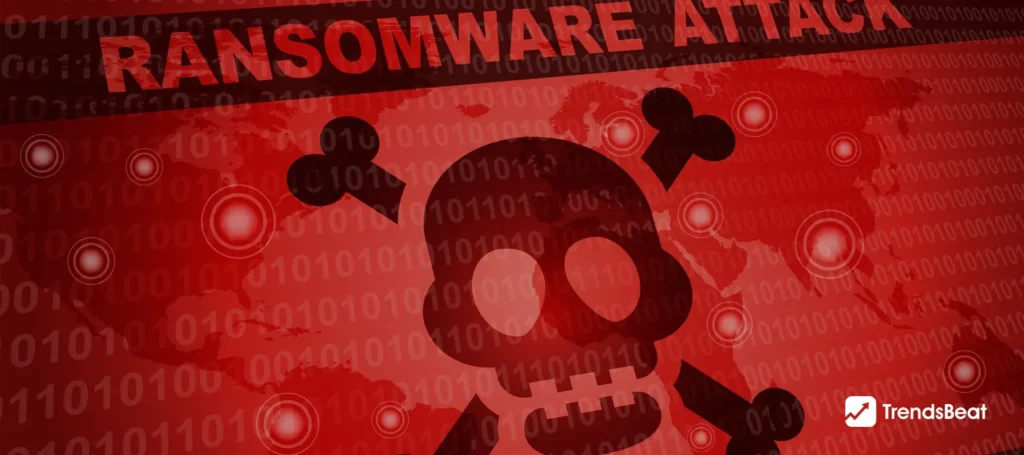


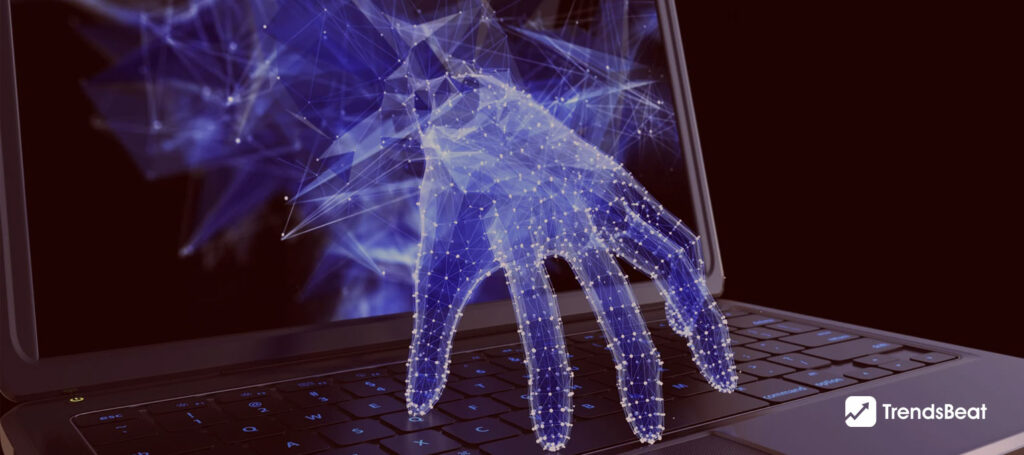

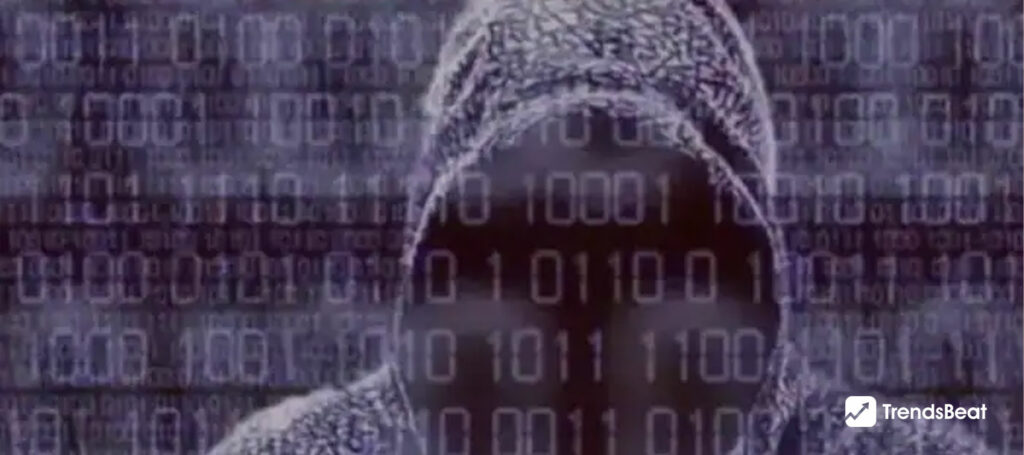





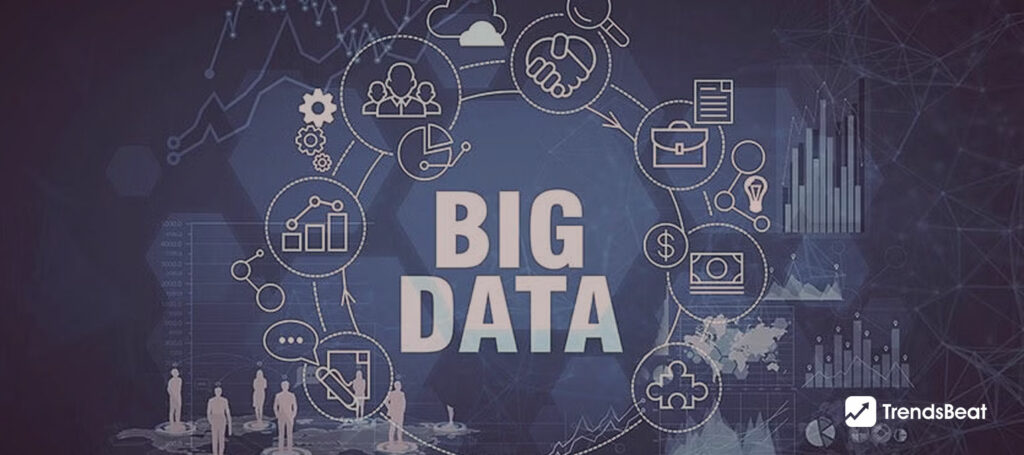
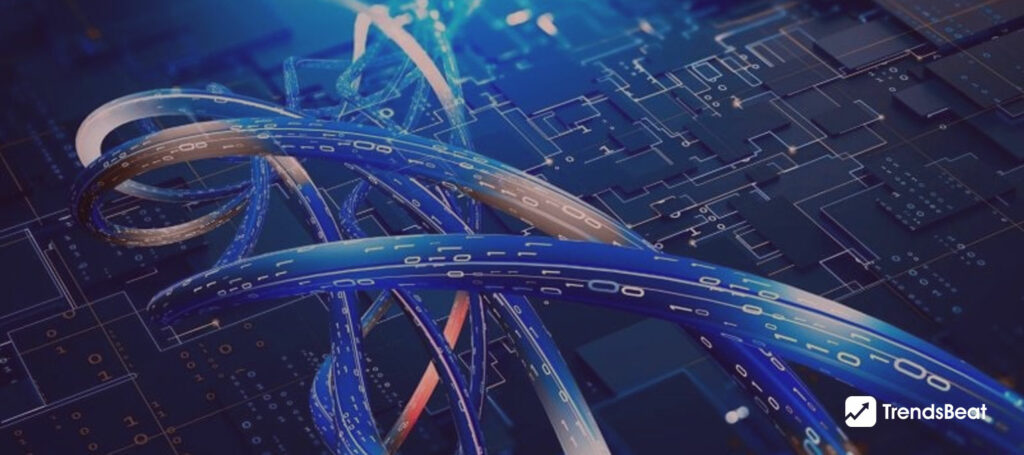



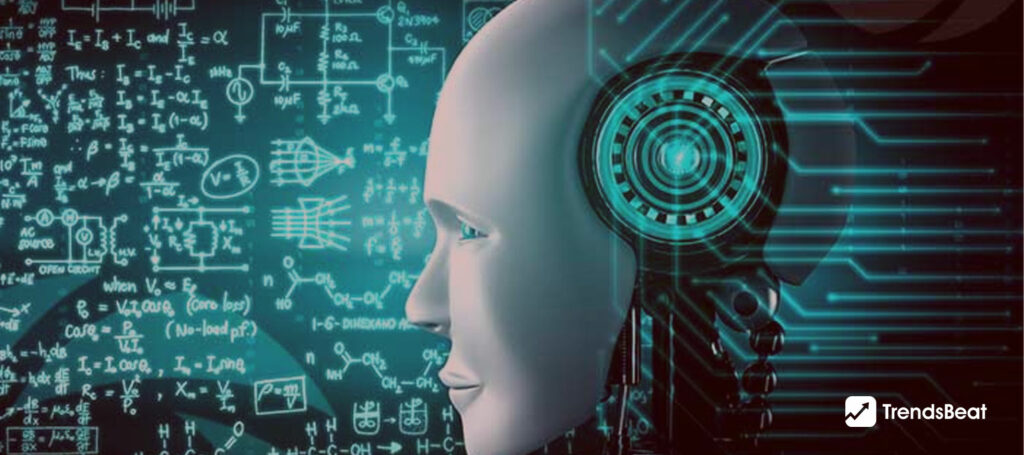

![Essential-Cybersecurity-Tips-for-Small-Businesses-[Protect-Your-Data]-TrendsBeat](https://trendsbeat.com/wp-content/uploads/2023/05/Essential-Cybersecurity-Tips-for-Small-Businesses-Protect-Your-Data-feature-image-template-1024x455.jpg)
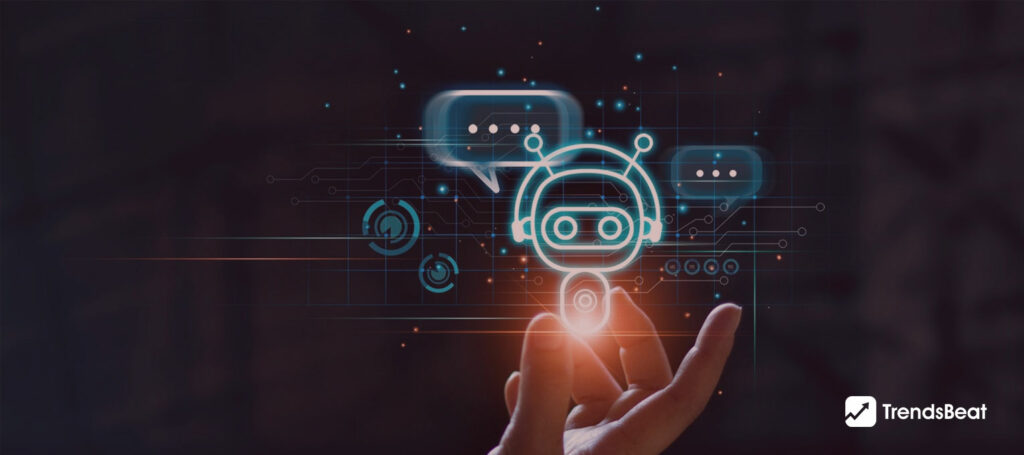





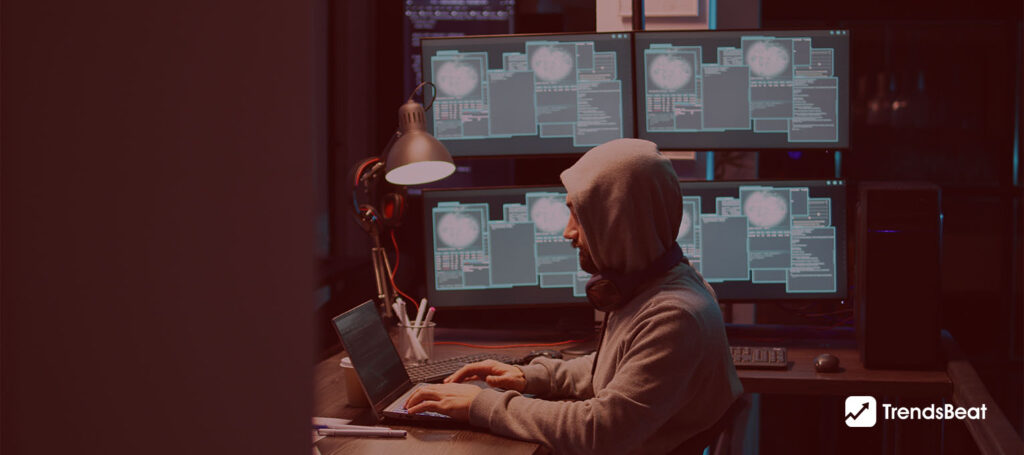







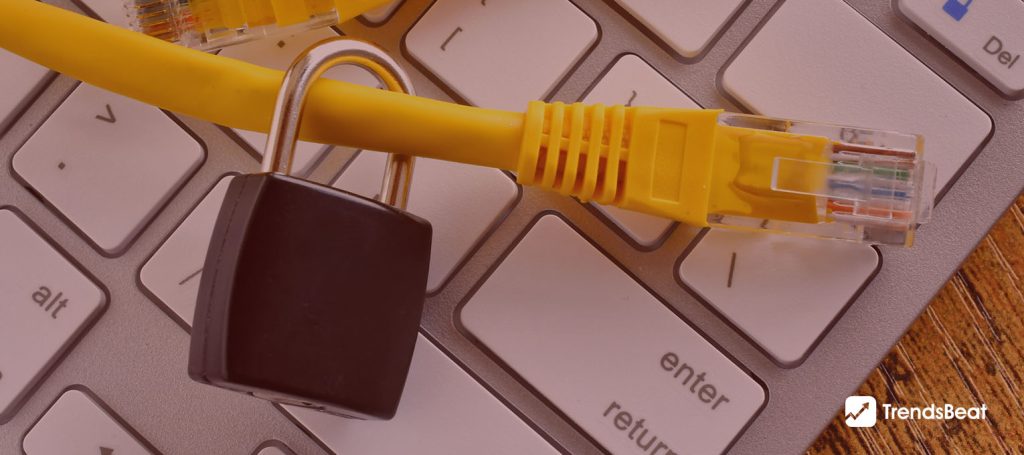



![Top Fitness Trends & Workout Routines to Follow [Stay Fit, Stay Healthy]](https://trendsbeat.com/wp-content/uploads/2023/04/feature-image-Top-Fitness-Trends-Workout-Routines-to-Follow-Stay-Fit-Stay-Healthy-1024x455.jpg)










![[Weight Loss Medication Health Effects] Side Effects and Best Advice](https://trendsbeat.com/wp-content/uploads/2023/04/feature-image-Weight-Loss-Medication-Health-Effects-Side-Effects-and-Best-Advice-1024x455.jpg)



